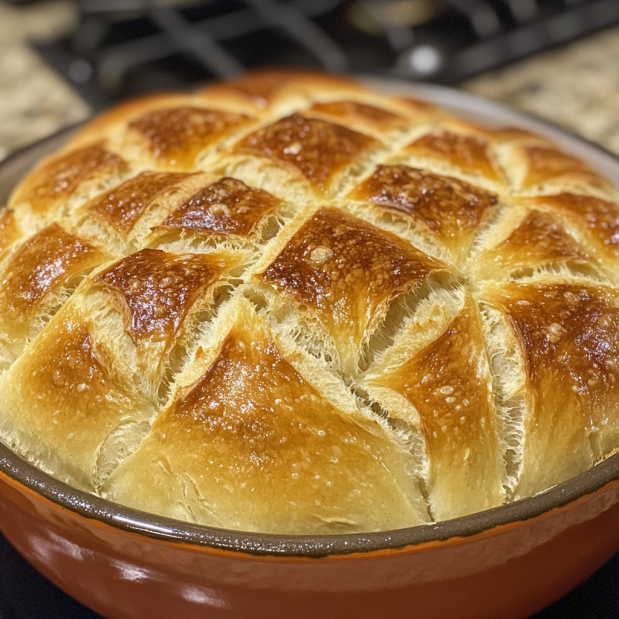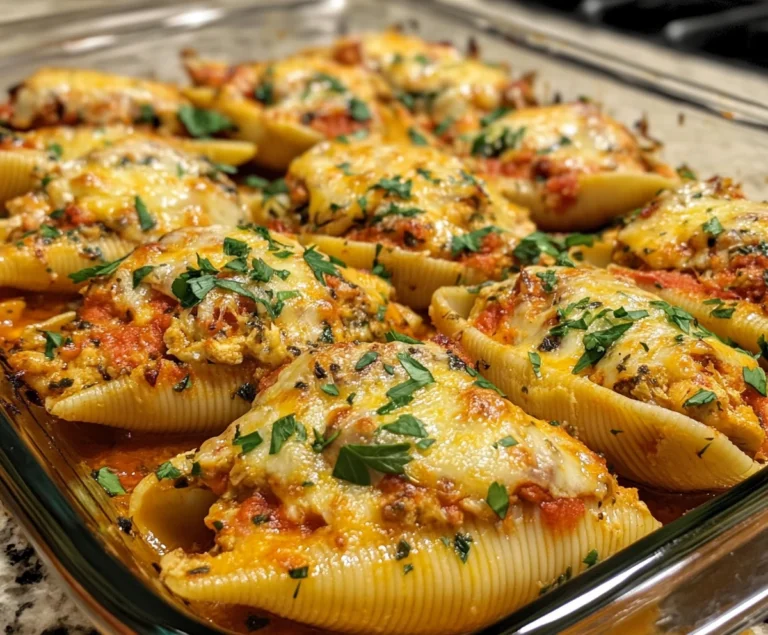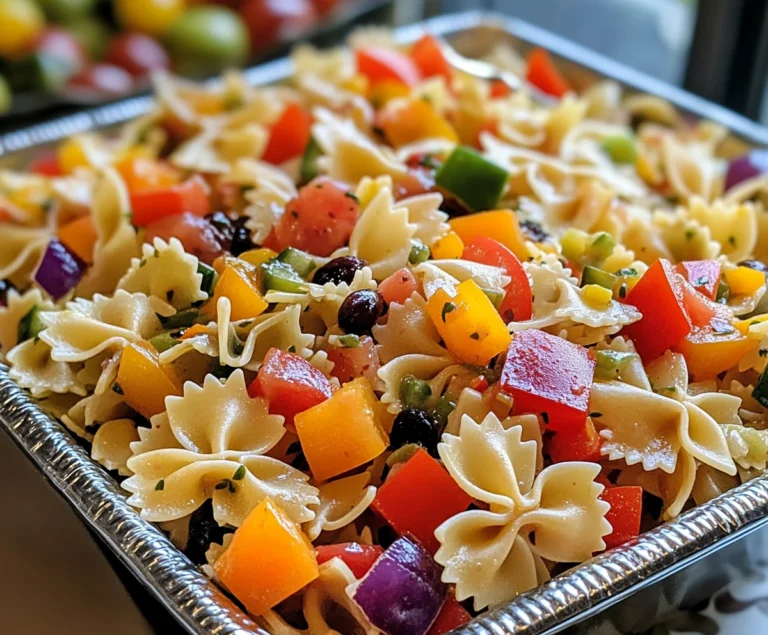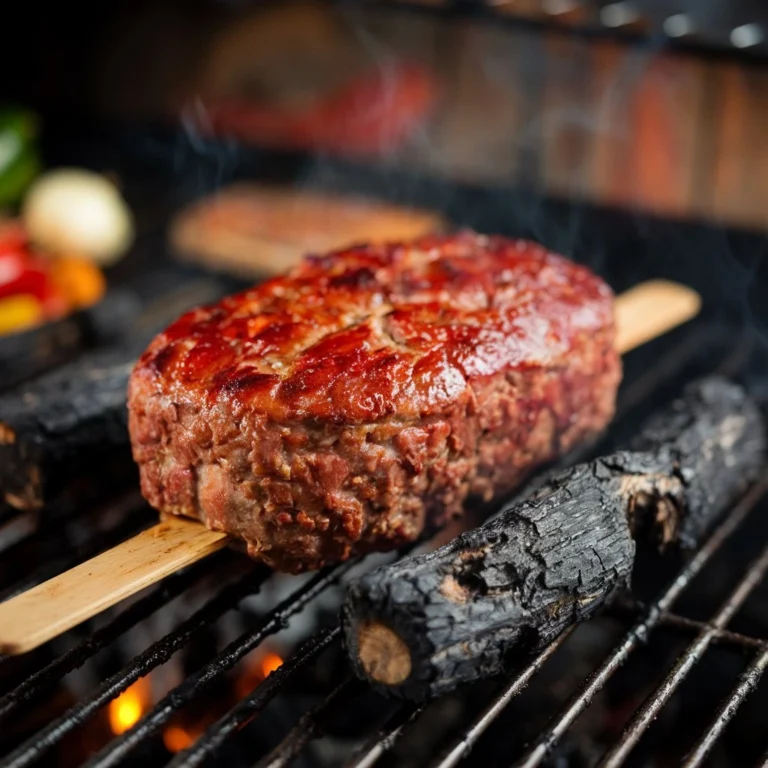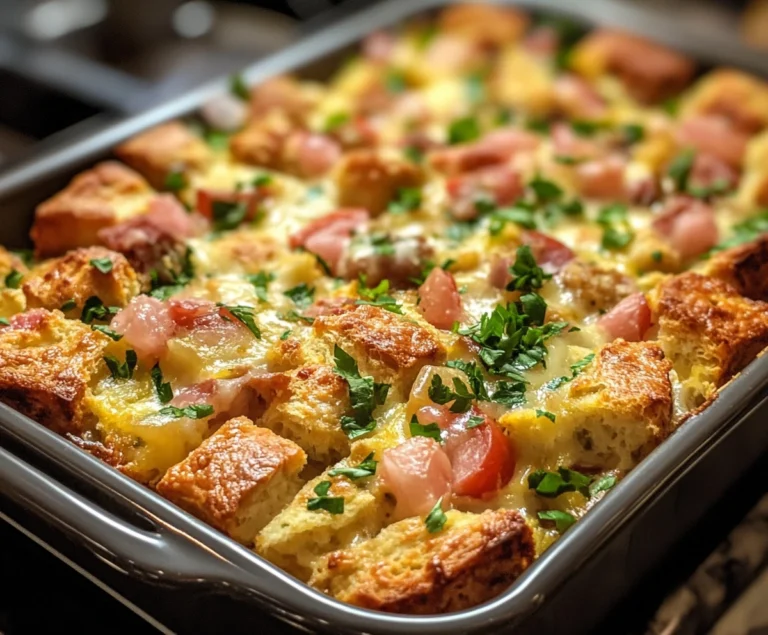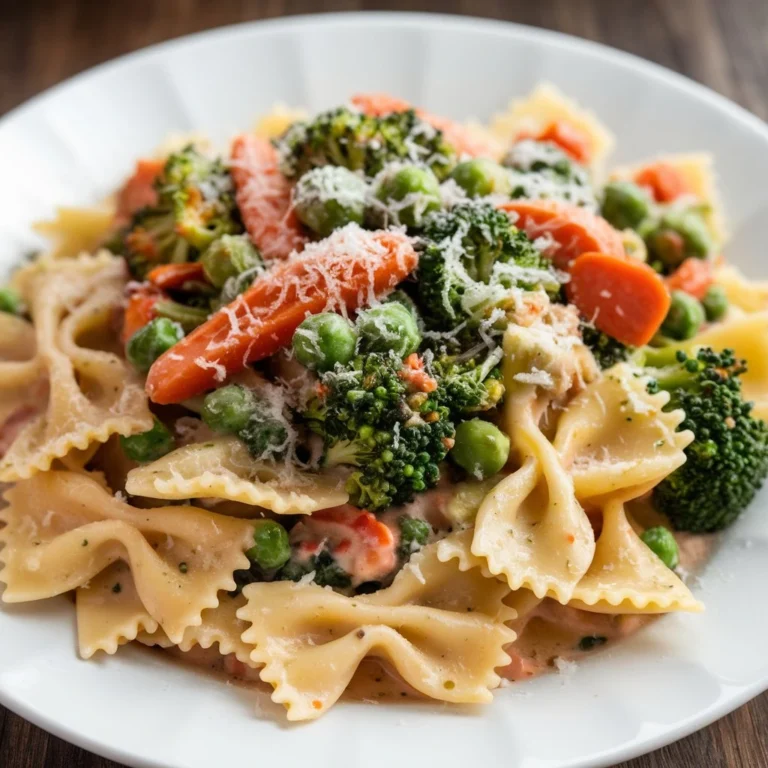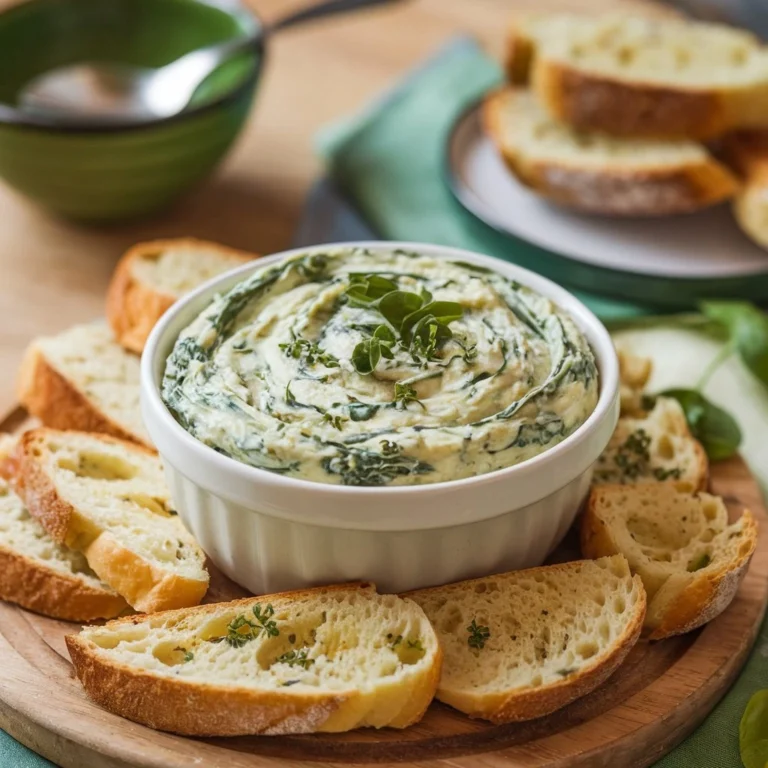Bread Flour Recipes: Classic, Artisan & Specialty Breads
Bread flour is an indispensable ingredient for any home baker serious about achieving bakery-quality bread. With its higher protein content, bread flour creates the ideal structure and texture, whether you’re aiming for a chewy sourdough or a light, airy baguette. This comprehensive guide will delve into the nuances of bread flour recipes, from classic loaves to innovative sweet breads, and offer tips, troubleshooting advice, and internal linking opportunities to enhance your baking repertoire.
What is Bread Flour?
Bread flour is a type of flour specifically designed for making bread. It contains more protein, typically around 12-14%, compared to all-purpose flour, which generally has about 10-12%. This extra protein leads to higher gluten formation, which is critical for giving bread its characteristic chewy texture and structure. The stronger gluten network traps the gases released by yeast during fermentation, allowing the dough to rise and develop its airy crumb.
Bread Flour vs. All-Purpose Flour
While both bread flour and all-purpose flour can be used in a variety of baked goods, they serve different purposes due to their varying protein content. Bread flour is ideal for yeast bread, pizza dough, and other baked goods where a strong, chewy texture is desired. All-purpose flour, on the other hand, is more versatile and can be used in everything from cakes to cookies, but it won’t give the same rise and texture in bread as bread flour will.
How to Make Your Own Bread Flour
If you find yourself out of bread flour but still want to bake bread, you can make your own substitute. Simply add one tablespoon of vital wheat gluten to every cup of all-purpose flour. This will increase the protein content and approximate the effects of bread flour.
For a detailed breakdown of how to best use bread flour in your baking, you can check out King Arthur Baking’s Bread Flour Guide. This resource is invaluable for understanding the science behind bread flour and its various applications.
Essential Tools and Ingredients for Bread Flour Recipes
Before you embark on your baking journey, ensure you have the right tools and ingredients on hand. The success of your bread flour recipes heavily depends on the precision and quality of these essentials.
Key Tools for Baking with Bread Flour
- Mixing Bowls: Sturdy mixing bowls are essential for combining your ingredients and kneading dough.
- Proofing Baskets: Also known as bannetons, these baskets are used to support dough while it proofs. They help shape the dough and give it structure during the final rise.
- Kitchen Scale: Baking is a science, and precision is key. A kitchen scale ensures that your measurements are accurate, leading to more consistent results.
- Dough Scraper: Useful for handling sticky doughs and keeping your workspace clean.
- Baking Stone or Steel: For that perfect crust, a baking stone or steel provides the ideal surface for your bread to bake on.
- Lame (Scoring Knife): This is used to score the top of the dough before baking, allowing the bread to expand without cracking.
Essential Ingredients
- Bread Flour: The star of the show, bread flour is crucial for creating structure in your bread.
- Yeast: Active dry yeast, instant yeast, or fresh yeast can all be used depending on your recipe. Yeast is responsible for fermentation, which gives bread its rise and flavor.
- Water: The primary liquid in bread-making, water hydrates the flour and activates the yeast.
- Salt: Enhances flavor and strengthens the gluten network, making the dough more elastic.
- Optional Add-Ins: Depending on your recipe, you might also need sugar, eggs, butter, or milk. These ingredients can enrich the dough and alter its flavor and texture.
For more creative ways to incorporate bread flour into your recipes, including tips on tools and ingredients, explore Bon Appétit’s Bread Flour Recipes. This resource provides a wealth of information on how to make the most of this versatile ingredient.
Classic Bread Recipes Using Bread Flour
Bread flour is indispensable in many classic bread recipes, providing the necessary structure and chewiness that make these breads stand out. Let’s explore some of the most popular bread recipes where bread flour truly shines.
White Bread
White bread is a timeless classic, and using bread flour ensures that you achieve the perfect balance of softness and structure. The higher protein content in bread flour allows the dough to develop a strong gluten network, resulting in a loaf that is both fluffy and chewy. This makes it ideal for sandwiches, toast, or simply enjoying with butter.
White Bread Recipe
Ingredients:
- 3 ½ cups bread flour
- 1 packet (2 ¼ teaspoons) active dry yeast
- 1 ¼ cups warm water (110°F)
- 2 tablespoons sugar
- 2 tablespoons unsalted butter, softened
- 1 teaspoon salt
Instructions:
- In a large mixing bowl, dissolve the yeast and sugar in warm water. Let it sit for 5-10 minutes until frothy.
- Add the softened butter and salt to the yeast mixture.
- Gradually add the bread flour, one cup at a time, mixing well after each addition.
- Once the dough comes together, turn it out onto a floured surface and knead for about 10 minutes until smooth and elastic.
- Place the dough in a greased bowl, cover with a damp cloth, and let it rise in a warm place for 1-2 hours, or until doubled in size.
- Punch down the dough and shape it into a loaf. Place it in a greased loaf pan and let it rise again for about 30 minutes.
- Preheat your oven to 375°F (190°C). Bake the bread for 30-35 minutes, or until the top is golden brown and the loaf sounds hollow when tapped.
- Remove from the pan and let cool on a wire rack before slicing.
Whole Wheat Bread
Whole wheat bread is a healthier alternative to white bread, offering more fiber and nutrients. When made with bread flour, whole wheat bread gains additional structure and rise, resulting in a loaf that is hearty yet light.
Whole Wheat Bread Recipe
Ingredients:
- 2 cups whole wheat flour
- 1 ½ cups bread flour
- 1 packet (2 ¼ teaspoons) active dry yeast
- 1 ¼ cups warm water (110°F)
- 2 tablespoons honey or molasses
- 2 tablespoons vegetable oil
- 1 teaspoon salt
Instructions:
- In a large bowl, combine the warm water, yeast, and honey. Let sit for 5-10 minutes until frothy.
- Add the oil, salt, and whole wheat flour. Mix until combined.
- Gradually add the bread flour, one cup at a time, mixing well after each addition.
- Knead the dough on a floured surface for about 10 minutes until smooth and elastic.
- Place the dough in a greased bowl, cover with a damp cloth, and let it rise in a warm place for 1-2 hours, or until doubled in size.
- Punch down the dough, shape it into a loaf, and place it in a greased loaf pan. Let it rise again for 30 minutes.
- Preheat your oven to 375°F (190°C). Bake the bread for 30-35 minutes, or until the top is golden brown.
- Remove from the pan and let cool on a wire rack before slicing.
Artisan Bread
Artisan bread is known for its rustic appearance, crispy crust, and chewy interior. Using bread flour in artisan bread recipes helps replicate the texture and flavor you’d expect from a professional bakery. The high protein content of bread flour allows the dough to develop a strong gluten structure, essential for achieving the airy crumb and crusty exterior characteristic of artisan loaves.
Artisan Bread Recipe
Ingredients:
- 3 ½ cups bread flour
- 1 ½ cups warm water (110°F)
- 1 teaspoon salt
- 1 teaspoon active dry yeast
Instructions:
- In a large bowl, combine the warm water, yeast, and salt.
- Gradually add the bread flour and mix until a sticky dough forms.
- Cover the bowl with plastic wrap and let the dough rise at room temperature for 12-18 hours.
- After the dough has risen, turn it out onto a floured surface and shape it into a round loaf.
- Place the loaf on a piece of parchment paper and let it rise for another 1-2 hours.
- Preheat your oven to 450°F (230°C) with a Dutch oven inside.
- Carefully transfer the dough (with the parchment paper) into the hot Dutch oven. Cover with the lid and bake for 30 minutes.
- Remove the lid and bake for an additional 15-20 minutes until the crust is deep golden brown.
- Let the bread cool on a wire rack before slicing.
Artisan bread pairs well with a variety of spreads, cheeses, and meats. It’s perfect for dipping into olive oil, serving alongside soups, or making gourmet sandwiches.
Specialty Bread Recipes
Bread flour isn’t just for classic loaves; it also works wonders in specialty bread recipes. Whether you’re making a tangy sourdough or a hearty rye, bread flour is essential for achieving the desired texture and flavor.
Sourdough Bread
Sourdough bread is a favorite among home bakers for its complex flavor and chewy texture. The natural fermentation process gives sourdough its distinctive tang, while bread flour provides the strength needed for a well-structured loaf.
Sourdough Starter Recipe
Ingredients:
- ½ cup bread flour
- ½ cup water
- 1 tablespoon whole wheat flour (optional, for flavor)
Instructions:
- In a jar, mix the bread flour and water until smooth.
- Cover loosely and let it sit at room temperature for 24 hours.
- After 24 hours, discard half of the starter and feed it with another ½ cup bread flour and ½ cup water.
- Repeat the feeding process daily until the starter is bubbly and active, usually within 5-7 days.
Sourdough Bread Recipe
Ingredients:
- 1 cup active sourdough starter
- 3 ½ cups bread flour
- 1 ¼ cups water
- 2 teaspoons salt
Instructions:
- In a large bowl, mix the bread flour and water. Let it sit for 30 minutes (autolyse).
- Add the salt and sourdough starter to the dough. Mix until well combined.
- Cover the dough and let it rise at room temperature for 3-4 hours, folding the dough every 30 minutes.
- Turn the dough out onto a floured surface and shape it into a round loaf.
- Place the loaf in a proofing basket and let it rise for another 2-3 hours, or refrigerate overnight.
- Preheat your oven to 450°F (230°C) with a Dutch oven inside.
- Carefully transfer the dough to the hot Dutch oven, score the top, cover with the lid, and bake for 30 minutes.
- Remove the lid and bake for an additional 15-20 minutes until the crust is deep golden brown.
- Let the bread cool on a wire rack before slicing.
Sourdough bread is incredibly versatile. It can be enjoyed with butter, used for sandwiches, or served alongside soups and stews. For those interested in mastering sourdough, The Perfect Loaf’s Sourdough Recipe is an excellent resource.
Rye Bread
Rye bread, especially when made with a combination of rye flour and bread flour, offers a distinctive flavor and dense texture. It’s a staple in many European cuisines and pairs well with hearty foods like cured meats, cheeses, and pickles.
Light Rye Bread Recipe
Ingredients:
- 1 ½ cups rye flour
- 2 cups bread flour
- 1 packet (2 ¼ teaspoons) active dry yeast
- 1 ¼ cups warm water (110°F)
- 1 tablespoon caraway seeds (optional)
- 2 tablespoons molasses
- 1 teaspoon salt
Instructions:
- In a large bowl, combine the warm water, yeast, and molasses. Let it sit for 5-10 minutes until frothy.
- Add the rye flour, bread flour, caraway seeds, and salt. Mix until a sticky dough forms.
- Knead the dough on a floured surface for about 10 minutes until smooth and elastic.
- Place the dough in a greased bowl, cover with a damp cloth, and let it rise in a warm place for 1-2 hours, or until doubled in size.
- Punch down the dough, shape it into a loaf, and place it in a greased loaf pan. Let it rise again for 30 minutes.
- Preheat your oven to 375°F (190°C). Bake the bread for 35-40 minutes, or until the top is golden brown and the loaf sounds hollow when tapped.
- Remove from the pan and let cool on a wire rack before slicing.
Rye bread is perfect for making Reuben sandwiches, serving with smoked salmon, or enjoying with a spread of butter and jam. Its robust flavor makes it a standout addition to any meal.
Gluten-Free and Alternative Bread Recipes
Even if you’re avoiding gluten or prefer alternative ingredients, you can still enjoy delicious bread. While bread flour itself is not gluten-free, there are plenty of ways to make bread using gluten-free flour blends or other alternatives.
Gluten-Free Bread
Gluten-free bread can be challenging to make because it lacks the gluten that gives traditional bread its structure and chewiness. However, with the right techniques and ingredients, you can create a loaf that is just as satisfying.
Gluten-Free Bread Recipe
Ingredients:
- 2 cups gluten-free flour blend (with xanthan gum)
- 1 cup bread flour (optional, for those who can tolerate gluten)
- 1 packet (2 ¼ teaspoons) active dry yeast
- 1 ¼ cups warm water (110°F)
- 2 tablespoons sugar
- 2 tablespoons vegetable oil
- 1 teaspoon salt
Instructions:
- In a large bowl, combine the warm water, yeast, and sugar. Let sit for 5-10 minutes until frothy.
- Add the oil, salt, and gluten-free flour blend. Mix until a sticky dough forms.
- Knead the dough on a floured surface for about 5 minutes (it will be stickier than traditional dough).
- Place the dough in a greased loaf pan, cover with a damp cloth, and let it rise in a warm place for 1-2 hours, or until doubled in size.
- Preheat your oven to 375°F (190°C). Bake the bread for 30-35 minutes, or until the top is golden brown.
- Remove from the pan and let cool on a wire rack before slicing.
This gluten-free bread is great for sandwiches, toast, or any other bread-based dish. It’s also a good base for experimenting with different flavors and add-ins, such as herbs, seeds, or dried fruits.
Vegan Bread
Vegan bread recipes omit eggs and dairy but can still deliver on flavor and texture. Bread flour helps these loaves rise properly and develop a satisfying crumb, even without traditional baking ingredients.
Vegan Sandwich Bread Recipe
Ingredients:
- 3 ½ cups bread flour
- 1 ¼ cups warm water (110°F)
- 1 packet (2 ¼ teaspoons) active dry yeast
- 2 tablespoons sugar
- 2 tablespoons vegetable oil
- 1 teaspoon salt
Instructions:
- In a large bowl, dissolve the yeast and sugar in warm water. Let it sit for 5-10 minutes until frothy.
- Add the oil, salt, and bread flour. Mix until a sticky dough forms.
- Knead the dough on a floured surface for about 10 minutes until smooth and elastic.
- Place the dough in a greased bowl, cover with a damp cloth, and let it rise in a warm place for 1-2 hours, or until doubled in size.
- Punch down the dough, shape it into a loaf, and place it in a greased loaf pan. Let it rise again for 30 minutes.
- Preheat your oven to 375°F (190°C). Bake the bread for 30-35 minutes, or until the top is golden brown.
- Remove from the pan and let cool on a wire rack before slicing.
Vegan bread can be used in a variety of ways, from making sandwiches to serving as a side with soups and salads. It’s also a great option for those with dietary restrictions or anyone looking to cut back on animal products.
Quick Breads and Rolls
Not all bread recipes require hours of kneading and proofing. Quick breads and rolls made with bread flour can be just as delicious and satisfying.
No-Knead Bread
No-knead bread is perfect for those who want homemade bread without the hassle. The long fermentation process allows the dough to develop flavor and structure without the need for extensive kneading.
No-Knead Bread Recipe
Ingredients:
- 3 ½ cups bread flour
- 1 ½ cups water
- 1 teaspoon salt
- 1 teaspoon active dry yeast
Instructions:
- In a large bowl, combine the water, yeast, and salt.
- Gradually add the bread flour, mixing until a sticky dough forms.
- Cover the bowl with plastic wrap and let the dough rise at room temperature for 12-18 hours.
- After the dough has risen, turn it out onto a floured surface and shape it into a round loaf.
- Place the loaf on a piece of parchment paper and let it rise for another 1-2 hours.
- Preheat your oven to 450°F (230°C) with a Dutch oven inside.
- Carefully transfer the dough to the hot Dutch oven, cover with the lid, and bake for 30 minutes.
- Remove the lid and bake for an additional 15-20 minutes until the crust is deep golden brown.
- Let the bread cool on a wire rack before slicing.
This no-knead bread is perfect for beginners or anyone who wants to enjoy homemade bread with minimal effort. It has a crusty exterior and a soft, chewy interior, making it ideal for dipping in soups, serving with cheese, or simply enjoying with butter.
Dinner Rolls and Buns
Soft, fluffy dinner rolls are a must for any family meal. Using bread flour ensures that these rolls are tender yet sturdy enough to hold up to butter, jam, or any other topping you prefer.
Dinner Rolls Recipe
Ingredients:
- 3 cups bread flour
- 1 cup warm milk (110°F)
- 1 packet (2 ¼ teaspoons) active dry yeast
- 2 tablespoons sugar
- 2 tablespoons unsalted butter, softened
- 1 teaspoon salt
Instructions:
- In a large bowl, dissolve the yeast and sugar in warm milk. Let it sit for 5-10 minutes until frothy.
- Add the softened butter and salt to the yeast mixture.
- Gradually add the bread flour, one cup at a time, mixing well after each addition.
- Knead the dough on a floured surface for about 10 minutes until smooth and elastic.
- Place the dough in a greased bowl, cover with a damp cloth, and let it rise in a warm place for 1-2 hours, or until doubled in size.
- Punch down the dough and divide it into 12 equal pieces. Shape each piece into a ball and place it in a greased baking dish.
- Let the rolls rise again for about 30 minutes.
- Preheat your oven to 375°F (190°C). Bake the rolls for 20-25 minutes, or until golden brown.
- Brush the tops with melted butter and let cool on a wire rack before serving.
These dinner rolls are perfect for serving alongside soups, stews, or holiday meals. They’re also great for making small sandwiches or enjoying with a spread of jam or butter.
Sweet Bread Recipes
Bread flour can also be used in sweet breads, adding structure and a light texture. These recipes are perfect for breakfast, brunch, or dessert.
Cinnamon Rolls
Cinnamon rolls are a decadent treat, and using bread flour helps create that perfect soft and gooey texture that everyone loves. They’re ideal for breakfast or dessert and are sure to be a hit with anyone who tries them.
Cinnamon Rolls Recipe
Ingredients:
- 3 ½ cups bread flour
- 1 cup warm milk (110°F)
- 1 packet (2 ¼ teaspoons) active dry yeast
- ¼ cup sugar
- ¼ cup unsalted butter, melted
- 1 teaspoon salt
- 1 egg
For the filling:
- 1 cup brown sugar
- 2 tablespoons cinnamon
- ¼ cup unsalted butter, softened
For the glaze:
- 1 cup powdered sugar
- 2 tablespoons milk
- 1 teaspoon vanilla extract
Instructions:
- In a large bowl, dissolve the yeast and sugar in warm milk. Let it sit for 5-10 minutes until frothy.
- Add the melted butter, salt, and egg to the yeast mixture. Mix until combined.
- Gradually add the bread flour, one cup at a time, mixing well after each addition.
- Knead the dough on a floured surface for about 10 minutes until smooth and elastic.
- Place the dough in a greased bowl, cover with a damp cloth, and let it rise in a warm place for 1-2 hours, or until doubled in size.
- Punch down the dough and roll it out into a rectangle on a floured surface.
- Spread the softened butter over the dough, then sprinkle with brown sugar and cinnamon.
- Roll up the dough tightly, starting from the long edge, and cut into 12 equal slices.
- Place the rolls in a greased baking dish and let them rise for about 30 minutes.
- Preheat your oven to 375°F (190°C). Bake the rolls for 20-25 minutes, or until golden brown.
- In a small bowl, whisk together the powdered sugar, milk, and vanilla extract to make the glaze. Drizzle over the warm rolls before serving.
Cinnamon rolls are perfect for a special breakfast or brunch. They can also be enjoyed as a dessert, especially when paired with a cup of coffee or tea.
Zucchini Bread
Zucchini bread is a great way to incorporate vegetables into a sweet treat. Bread flour provides the structure needed to support the moisture from the zucchini, resulting in a moist and flavorful loaf. For more ideas on using zucchini, check out these zucchini canning recipes.
Zucchini Bread Recipe
Ingredients:
- 2 cups grated zucchini
- 1 ½ cups bread flour
- 1 cup sugar
- ½ cup vegetable oil
- 2 eggs
- 1 teaspoon vanilla extract
- 1 teaspoon baking soda
- 1 teaspoon cinnamon
- ½ teaspoon salt
- ½ teaspoon baking powder
- ½ teaspoon nutmeg
- ½ cup chopped walnuts or pecans (optional)
Instructions:
- Preheat your oven to 350°F (175°C). Grease a 9×5-inch loaf pan.
- In a large bowl, whisk together the eggs, sugar, vegetable oil, and vanilla extract.
- In a separate bowl, combine the bread flour, baking soda, baking powder, salt, cinnamon, and nutmeg.
- Gradually add the dry ingredients to the wet ingredients, mixing until just combined.
- Fold in the grated zucchini and chopped nuts, if using.
- Pour the batter into the prepared loaf pan and smooth the top.
- Bake for 50-60 minutes, or until a toothpick inserted into the center comes out clean.
- Let the bread cool in the pan for 10 minutes, then transfer to a wire rack to cool completely before slicing.
Zucchini bread is a versatile treat that can be enjoyed for breakfast, as a snack, or even as a dessert. Its moist texture and mild sweetness make it a favorite for all ages.
Troubleshooting Common Bread Baking Issues
Even with the best recipes, sometimes things don’t go as planned. Here are some common bread baking issues and how to fix them:
Dense Bread
Dense bread is often the result of under-kneading or not allowing the dough to rise sufficiently. Ensure proper kneading to develop the gluten structure and allow enough time for the dough to rise. If your dough feels heavy or compact, try kneading it a bit longer or letting it rise in a warmer place.
Poor Rise
A poor rise can result from expired yeast, a cold environment, or insufficient fermentation time. Make sure your yeast is fresh and active by proofing it in warm water with a little sugar before adding it to your dough. Also, ensure your dough is proofed in a warm, draft-free environment.
Hard Crust
A hard crust can be due to over-baking or baking at too high a temperature. To avoid this, monitor your oven’s temperature closely and bake your bread until the crust is just golden brown. Covering the loaf with foil during the last few minutes of baking can also help prevent the crust from becoming too hard.
Uneven Crumb
An uneven crumb with large holes in some areas and dense patches in others is often a sign of poor shaping or inadequate degassing. When shaping your loaf, be sure to gently press out any large air bubbles to ensure a more even crumb structure.
Frequently Asked Questions (FAQs) About Bread Flour
What can I substitute for bread flour in a recipe?
If you don’t have bread flour, you can substitute all-purpose flour in most recipes. However, the texture and rise might not be as pronounced because all-purpose flour has a lower protein content. To mimic the effects of bread flour, you can add a tablespoon of vital wheat gluten to every cup of all-purpose flour.
How do I make my own bread flour?
To make your own bread flour, simply add one tablespoon of vital wheat gluten to a cup of all-purpose flour. This will increase the protein content and give you results similar to store-bought bread flour. This homemade substitute works well in most bread recipes.
Can I use bread flour in non-bread recipes?
Yes, bread flour can be used in non-bread recipes like pizza dough or certain pastries where a chewy texture is desired. However, it might not be the best choice for cakes, cookies, or other baked goods that require a tender crumb.
How long does bread flour last?
Stored in a cool, dry place, bread flour can last up to a year. For longer storage, consider keeping it in the refrigerator or freezer. Be sure to bring the flour back to room temperature before using it in recipes to ensure consistent results.
Conclusion
Bread flour is an incredibly versatile ingredient that can transform your baking. From classic loaves to specialty breads and sweet treats, bread flour helps create the perfect texture and rise in every recipe. By understanding how to use this ingredient effectively and troubleshooting common baking issues, you can achieve bakery-quality results at home.
So grab your ingredients, follow these tips, and start baking your best bread yet! Don’t forget to try out this delicious pumpkin banana loaf recipe for a unique twist on classic flavors. Whether you’re a seasoned baker or just starting out, there’s always something new to learn and create with bread flour.
Happy baking!

